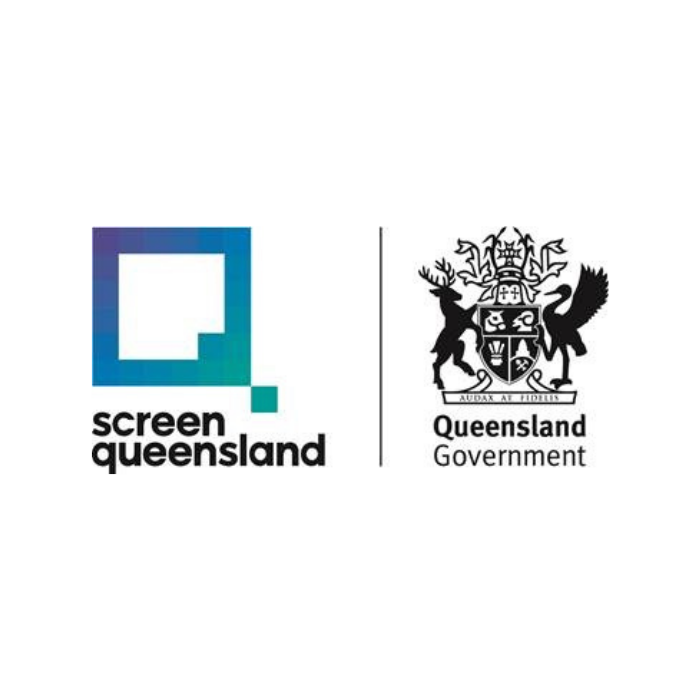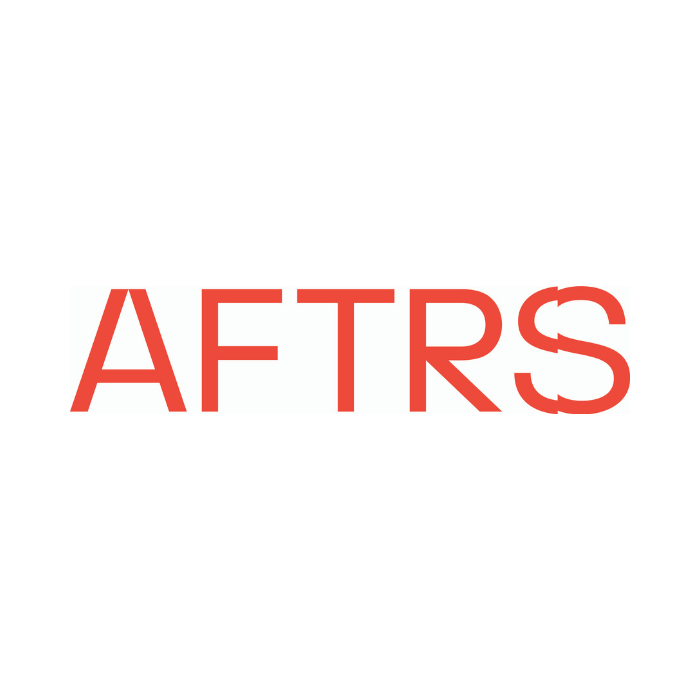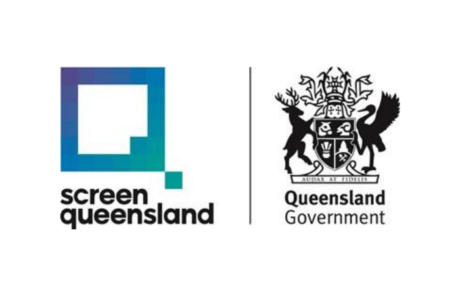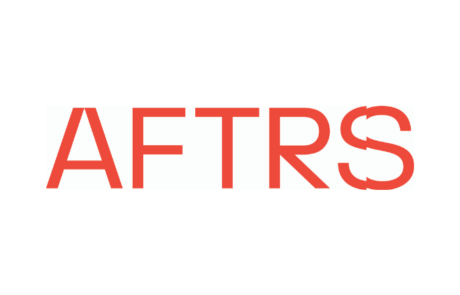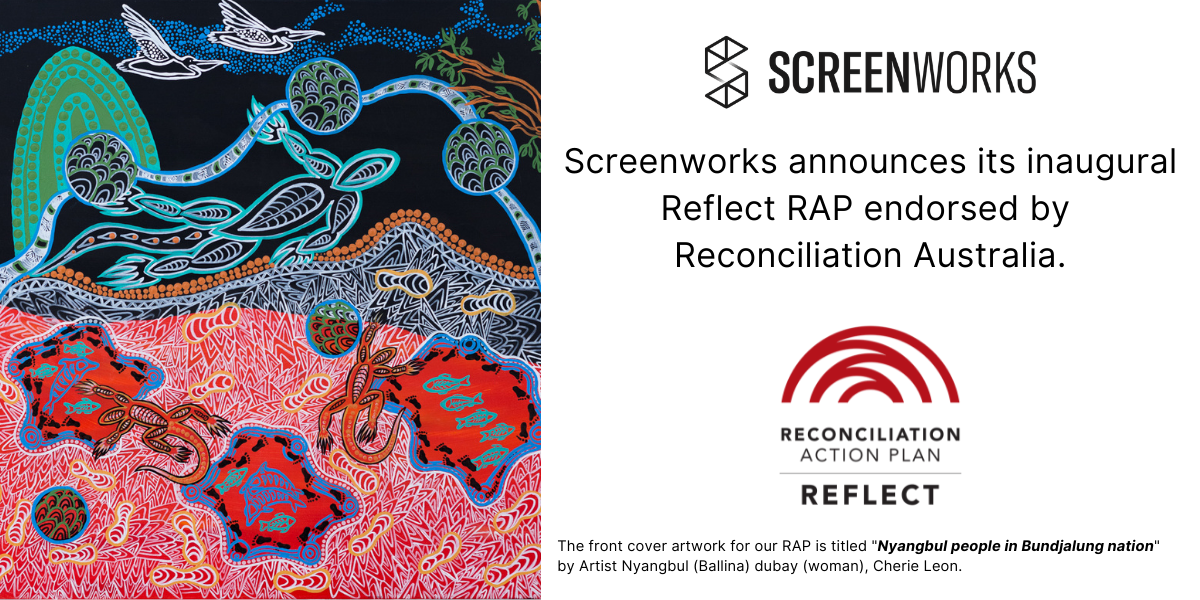
Screenworks’ Reflect RAP has been endorsed by Reconciliation Australia. This has been developed in consultation with local Elders and First Nations community representatives, in addition to Indigenous film & TV industry representatives.
By implementing this RAP, Screenworks is demonstrating our commitment to engaging and strengthening our cultural, spiritual and educational knowledge. We have a collective drive to be part of a society that values and recognises Aboriginal and Torres Strait Islander cultures and heritage, and to have a shared national identity.
Screenworks will endeavour to appropriately address questions and enquiries that come to us about the depiction of First Nations people on screen. To ensure that we are giving suitable advice to Screenworks members and to work with First Nations people to become an industry leader in culturally appropriate protocols for filming.
These are our first steps towards reconciliation. As a result of increased consultation with First Nations people, we know we need to develop better cultural understanding so that we can create and co-design ongoing relevant and culturally safe pathways in the future.
About Our Cover Artwork
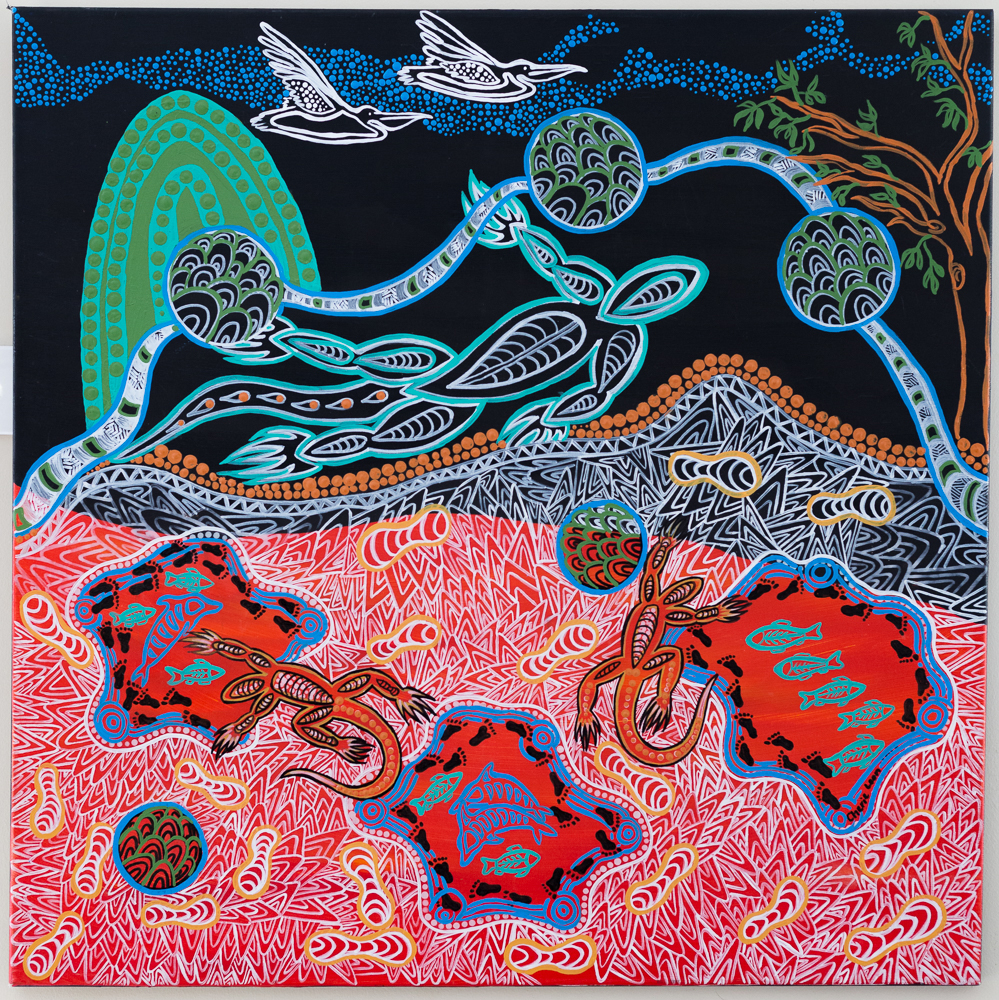
In preparing this Reflect RAP, Screenworks engaged a local artist to provide us with artwork for the front cover of our Reflect RAP. We selected Cherie Leon’s design as it told a story of the people and country where we work here in Ballina, NSW.
Front Cover Artwork Title: Nyangbul people in Bundjalung nation.
Artist: Nyangbul (Ballina) dubay (woman), Cherie Leon.
“Bundjalung people are connected to their Nation, the footprints depict the people walking their land in search of jullum (fish) and other sea bushtucker food sources in the waters.
The Nyangbul (Ballina) people have a land full of plentiful food for the gathering of bushtucker and medicinal purposes from our plants and the birds are said to be our messengers.
Nyangbul people are very connected to country in the dreamlike stories told by our ancestors and still spiritually connected also Nyangbul (Ballina) is belong to the people and the people belong to the land.”
– Artist, Cherie Leon.



